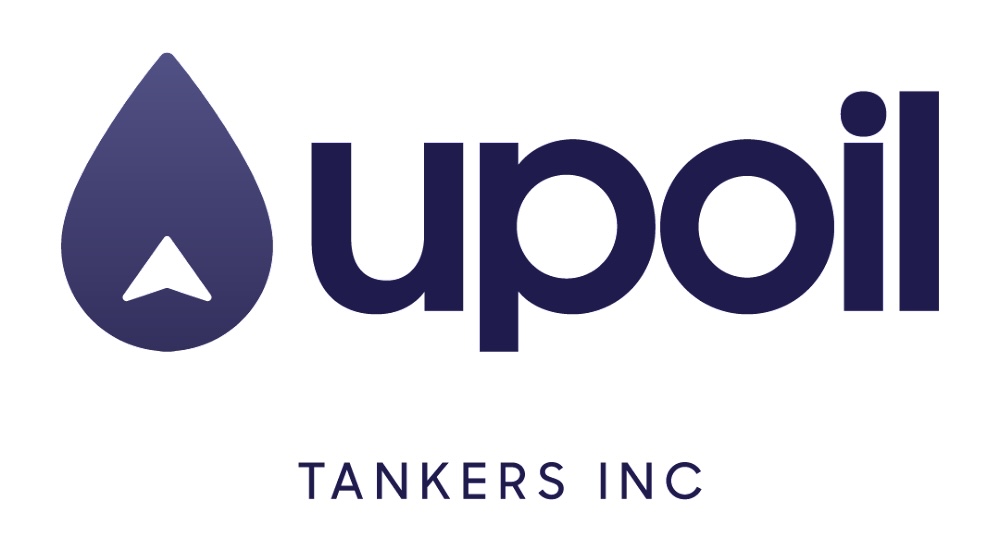Interview with Mr. Houliares Theodoros
Petroleum Economist | CEO of UPoilTrading LLC | CEO of UPoilTankers Inc

Mr. H., could you please begin with a brief explanation of what bunkering hedging is and why it is considered so important in shipping?
Bunkering hedging is essentially a risk management strategy designed to stabilize fuel costs for shipowners and charterers. Given that fuel expenses (bunkers) are among the most volatile operational costs in shipping, hedging provides the ability to “lock in” prices or minimize the impact of unpredictable price fluctuations. This strategy offers greater budget certainty and supports more effective risk management.
What are the main factors that influence fuel prices and, consequently, the need for hedging?
Fuel prices are directly affected by the global price of crude oil. Decisions by OPEC to cut or increase production, geopolitical tensions in oil-producing regions, and even U.S. policies regarding strategic reserves have a significant impact on the oil market—and therefore on fuel prices. Additionally, at a local level, each port has its own peculiarities and constraints, along with specific suppliers who operate under their own availability and pricing policies.
What are the primary risk management tools (hedging instruments) used in the shipping market?
There are two main categories:
- Physical Delivery Agreements: These include Fixed Price Agreements (FPA) and Maximum Price Agreements (MPA). Under these contracts, fuel is physically delivered at a predetermined price or under a specified price cap.
- Paper Deals: Instruments such as bunker swaps, bunker futures, and bunker options fall into this category. These contracts do not involve physical delivery but are settled in cash based on the difference between the agreed-upon price and the actual market price.
Could you provide an example of how a Fixed Price Agreement (FPA) operates?
Certainly. Under a Fixed Price Agreement, the shipowner or charterer agrees in advance with a fuel trader to purchase a specific quantity of bunkers at a predetermined price over a set period. For example, if the current price is USD 410 per tonne, the shipowner may enter into an FPA to secure fuel at that price for the next six months—regardless of whether the spot market moves upward or downward.
What about the Maximum Price Agreement (MPA)? How does it differ from the previous case?
The MPA functions like a “price cap.” The buyer pays a premium (typically 3-4% of the contract’s value) to secure a maximum price—say, USD 420 per tonne. If the spot price rises to USD 450 per tonne, the buyer continues to pay only USD 420 per tonne. However, if the price falls to USD 400, the buyer can take advantage of the lower market price, without being locked into the cap of USD 420. Essentially, it operates similarly to a call option on fuel.
How do bunker swaps work, and why are they popular within the maritime community?
Bunker swaps are cash-settled contracts. Essentially, the shipowner “locks in” a fuel price—for example, USD 410 per tonne—for a specific period. At the end of that period, if the spot price is USD 430, the seller pays the shipowner the difference of USD 20 per tonne. Conversely, if the spot price falls to USD 390, the shipowner pays the seller the difference. This mechanism ensures that the final cost to the shipowner aligns closely with the “locked” price. Bunker swaps are popular because they offer flexibility and do not require the physical delivery of fuel.
Under what circumstances would a shipowner or charterer prefer bunker futures or bunker options?
- Bunker Futures: These are standardized financial instruments traded on organized exchanges. They provide a high degree of transparency and liquidity, although they require a significant capital commitment and adherence to strict margin requirements. Futures are typically preferred by larger market participants with substantial exposure.
- Bunker Options: These offer greater flexibility, as they grant the right—but not the obligation—to buy or sell fuel at a predetermined price. They are ideal for those seeking to limit the risk of rising prices while still retaining the potential to benefit if the market moves downward.
Beyond cost stabilization, is there also a speculative incentive behind these strategies?
Absolutely. Depending on the risk profile of the shipowner or charterer, derivative products can also be leveraged for speculative purposes. However, it is important to emphasize that the primary purpose of hedging is risk management. Any speculative activity should be approached cautiously, as potential losses can be significant if the market behaves unexpectedly.
What steps should a shipping company take before deciding to adopt a bunkering hedging strategy?
- Needs Assessment: Identify the volume of fuel consumed and the time period for which protection is desired.
- Market Research: Analyze trends in the oil market, considering both global factors and local port-specific conditions.
- Tool Selection: Based on the company’s risk profile and available capital, decide whether to use physical delivery agreements, cash-settled contracts, or a combination of both.
- Consultation with Experts: Engage with advisory firms or financial institutions that specialize in risk management and technical analysis.
- Continuous Monitoring: The market is dynamic, so ongoing evaluation and adjustment of hedging strategies is essential.
Finally, what is your main piece of advice for shipping companies looking to integrate bunkering hedging into their business model?
Approach hedging as an integral risk management process rather than merely a speculative opportunity. The selection of the appropriate instrument—whether it be an FPA/MPA, swaps, futures, or options—should be based on a realistic assessment of the company’s needs, risk tolerance, and available capital. A structured and systematic approach, supported by specialized advisors, can ensure greater stability and competitiveness in fleet operations.









